#### Marilu Henner once said, “Being in control of your life and having realistic expectations about your day-to-day challenges are the keys to stress management, which is perhaps the most important ingredient to living a happy, healthy and rewarding life.” ___
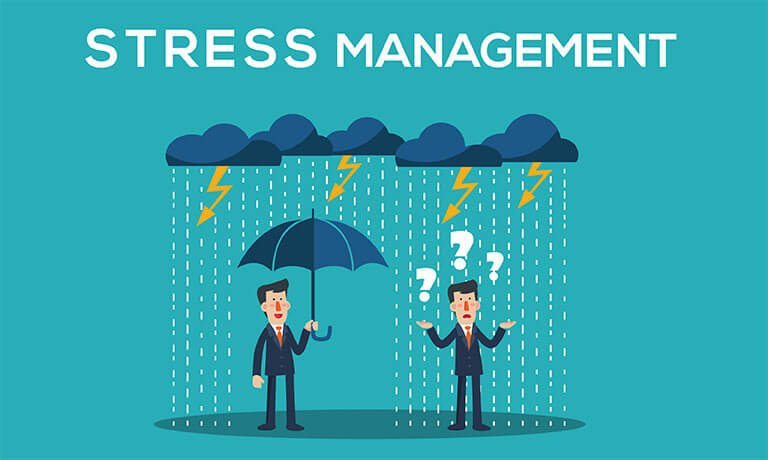
https://cdn.steemitimages.com/DQmRXNPxAprzNj9WagdPkZaCAZMa9SoaJt25aeWvJASZ3mn/ashwagandha-plant.jpeg
According to the Ayurvedic Pharmacopeia of India, the powdered dried root of ashwagandha is used to treat inflammatory disorders, phthisis (any wasting or atrophic disease, weakness, diseases associated with vata dosha), and male impotence.4 This herb is claimed to produce aphrodisiac, sedative, anxiolytic, rejuvenating, and life-prolonging properties which puts it in a very special class of Ayurvedic medicines called Rasayana.2 The Gerson Institute Of Ayurvedic Medicine states that “Rasayana shastra describes herbal, herbo-mineral preparations and behaviors that promote a youthful state of physical and mental health and sustains clarity and happiness…They are given to small children as tonics, and are also taken by the middle-aged and elderly to protect against disease and promote longevity.”5 The Caraka Samhita, an important piece of Sanskrit Ayurvedic literature, describes Rasayana therapy as a way to bring about a complete rejuvenation of the person’s being in the following quote, “A person undergoing Rasayana therapy attains longevity, memory, intellect, freedom from disease, youth, excellence of lustier complexion and voice, excellent potentiality of the body and the sense organs, (i.e. What he says comes true), respect and brilliance.”6 This same text later describes Withania somnifera as Balya (promoter of strength).6 The list of potential benefits that this herb provides is far from short. Everything from acne to Alzheimer’s disease, bronchitis to cancer, chronic fatigue to diabetes, infertility to treating parasites.7 ___ ## Typically, the dried roots of Withania somnifera are taken in capsules as an extract or as a tincture.2 ___
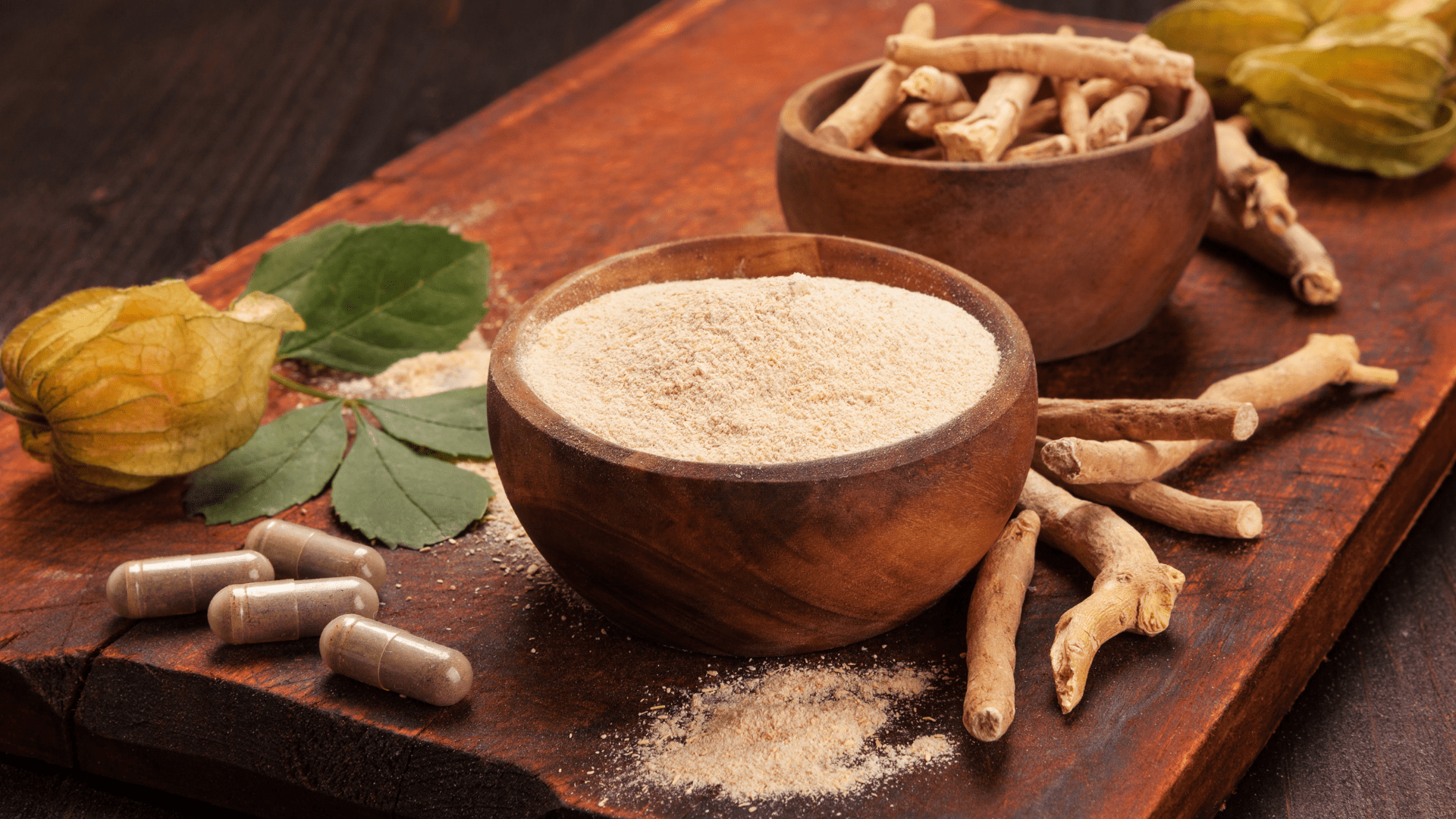
https://cdn.steemitimages.com/DQmY5YZJHYk8BoYsVBGjnaUn6PpfLbhbPM2C5B5pqy8sqze/Chemical-structures-of-the-withanolide-compounds-doi101371-journalpone0037764g001.jpg
The extracts contain steroidal lactones called withanolides at a concentration of around 1.5-5.0%.2 Isolated withanolides have been shown to produce statistically significant anti-stress properties against experimental stress models.8 3-6 grams of fresh powdered root daily seems to be the most often cited dosage to provide maximum benefits; however, there appears to be no standard dose for the administration of Withania somnifera.7 ___ ### There is very little funding made available for the research of ideas which are not able to be patented, herbal medicaments surely fall under this category. ___ A lack of funding results in a lack of viable research data which verifies or dismisses claims being made about a thing’s potentiality. Withania somnifera is no stranger to this concept. There are currently only a handful of randomized controlled studies which attempt to further understand this herb and any of its possibilities. Two of these studies, one by K. Chandrasekhar, et al., the other by Lopresti AL, et al., aimed at understanding the adaptogenic role of Withania somnifera in managing stress.9,10 ___ ### The First Study ___ In the study by K. Chandrasekhar, et al., “A Prospective, Randomized Double-Blind, Placebo-Controlled Study of Safety and Efficacy of a High-Concentration Full-Spectrum Extract of Ashwagandha Root in Reducing Stress and Anxiety in Adults,” researchers “[aimed] to evaluate the safety and efficacy of a high-concentration full-spectrum extract of Ashwagandha roots in reducing stress and anxiety and in improving the general well-being of adults who were under stress.”9 Sixty-four adults (23 women, 41 men), ages between 18-54, who were without psychiatric symptoms other than stress, were randomized into either the control group (placebo) or to the treatment group (300mg W. somnifera full-spectrum extract) and were instructed to take one capsule two times a day after food with plain water for sixty days.9 Measurements for outcomes which were used in this study were the perceived stress scale (PSS), the depression and anxiety stress scale (DASS), the general health questionnaire-28 (GQH-28), and morning serum cortisol levels.9 Measurements were taken on day 0, before interventions occurred, and on day 60, at the end of the trial.9 Each group had very similar scores at baseline.9 Additional information, such as compliance and adverse reactions, were reported during check-in phone calls at day 15, 30, and 45.9 Sixty of the original sixty-four participants completed the trial, with two from the treatment group and one from the placebo group failing to follow-up.9 The results showed significant improvement in all measurements for the treatment group versus the placebo group.9 The treatment group showed a 44.0% reduction in PSS scores, compared to the 5.5% reduction in the placebo group.9 The authors said the following of the GQH-28 scores: >
https://cdn.steemitimages.com/DQmbCpcapfhceTwCbwMSe75rEiUGT7etrGJVzKhRqL5Zx6X/Ashwaganda%20vs%20Placebo%20Stress%20test.jpg
In the Ashwagandha group, by Day 60 there was a significant reduction in scores corresponding to all of the item-subsets: 76.1% for the “Somatic” item-subset, 69.7% for the “Anxiety and Insomnia” item-subset, 68.1% for the “Social Dysfunction” item-subset, 79.2% for the “Severe Depression” item-subset. In contrast, in the placebo control group, the corresponding reductions in scores were much smaller: 4.9%, 11.6%, –3.7% and –10.6%, respectively. As can be readily seen, the difference is at least 58 percentage points and as high as 89 percentage points.9 Scores in the treatment group for the DASS ranged from 64%-77% for each subset, where the placebo group had scores ranging from -4%-10%, showing significant difference in comparison.9 A reduction of 27.9% of serum cortisol was found in the treatment group, compared to only a 7.9% reduction in the placebo group.9 All adverse events reported were mild in nature and no known mechanism correlates the drug of study.9 ___ ### The Second Study ___ Lopresti AL, et al., also aimed to evaluate the efficacy of treating stress using standardized W. somnifera extracts. Sixty adult participants (ages 18-65) with generalized stress, who were without any chronic disease which might affect stress/anxiety or restrict normal, daily function, took part in a sixty day double-blind trial in which participants would receive either a 240mg ashwagandha extract capsule, or a placebo capsule, to be taken once a day after dinner with 250mL of water.10 Participants were to attend a check-up at one of two identified health care centers on six occasions where cortisol levels, DHEA-S levels, and anxiety/depression were assessed using blood sampling and clinician-administered Hamilton Anxiety Rating Scale (HAM-A), and self-reported Depression, Anxiety, Stress Scale-21 (DASS-21), respectively.10 Assessments of testosterone levels were only taken at baseline and at sixty days.10 The results of this study showed that W. somnifera has the potential to treat the effects of stress.10 A 41% reduction in HAM-A was observed in the treatment group, compared to the 24% reduction in the placebo group.10 A 30% reduction in DASS-21 scores was observed in the treatment group, with a 10% reduction in the placebo group.10 Cortisol levels were reduced by 23% in the ashwagandha group, no significant changes in cortisol occurred in the placebo group (0.5% increase).10 An 8% reduction in DHEA-S was observed in the ashwagandha group with no significant changes in the placebo group.10 Testosterone changes were only significant in male participants with an 11.4% increase in testosterone in the treatment group and no significant changes in the placebo group.10 ___
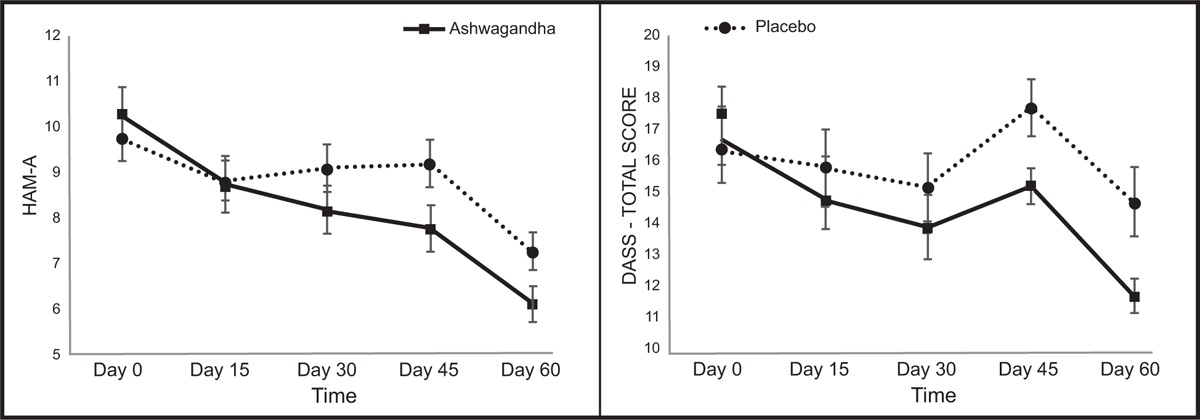
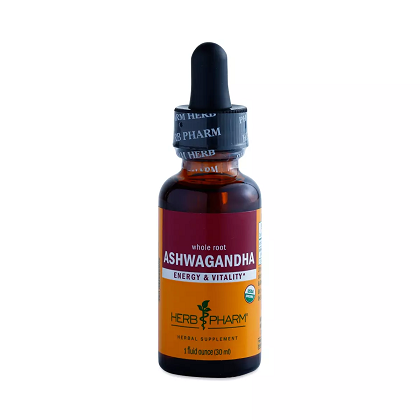
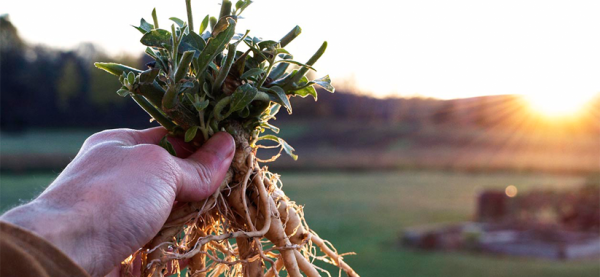


Originally posted here: https://steemit.com/hive-120078/@alchemage/updating-the-toolkit-using-withania-somnifera-ashwaganda-to-cope-with-stress
No comments:
Post a Comment